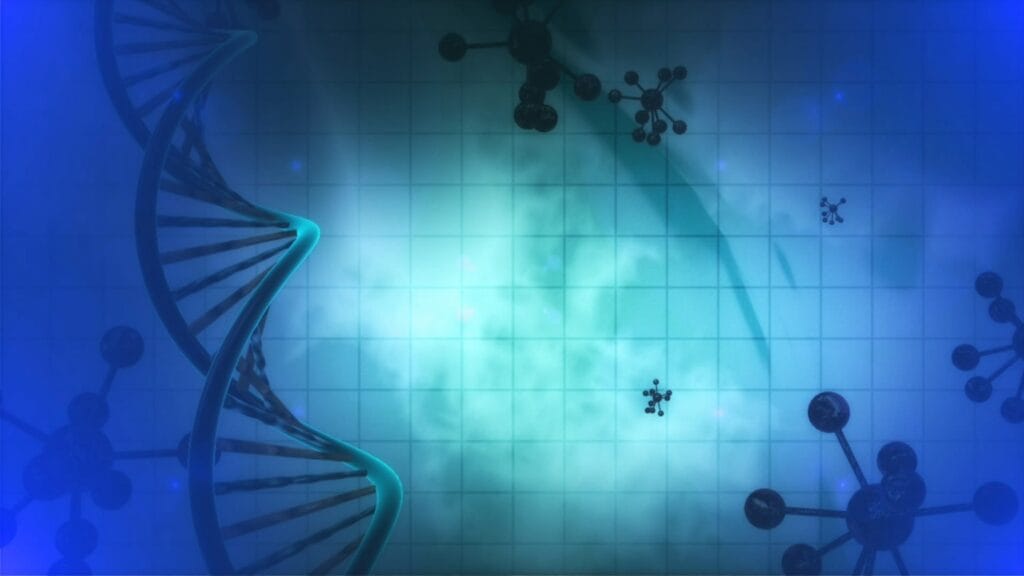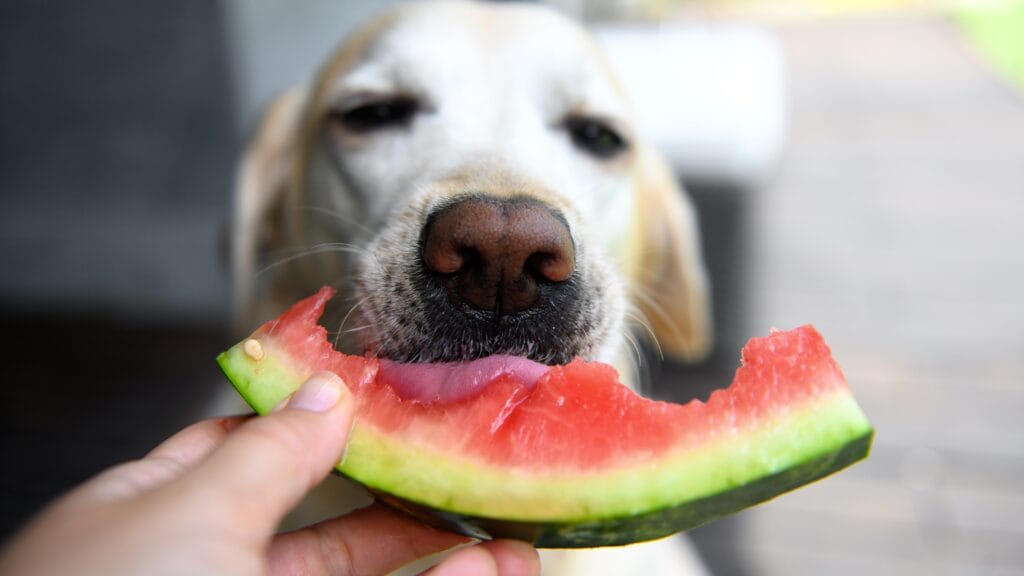In this blog, we will find out the exciting and fascinating role that their history and genetics play in their insatiable appetite and in shaping their eating behavior and habits. From their origins as the most hardworking retrievers to the modern-day world’s biggest foodies, we will cover the real science and history behind why Labradors eat a lot even and beg for more food if they are fed just one minute ago.
Are Labradors genetically hungry?
Labs have an insatiable hunger which can be credited to their genetics. A study published in 2016 found out that the gene mutation has caused this insatiable hunger. This gene mutation has had a great impact on the working of the POMC gene. This POMC gene delivers the message to the brain that lab has eaten now give him the energy and make him feel full. But this gene mutation, by taking control over the POMC gene makes it to say that lab has not eaten (even if he has eaten just a minute ago) so, make him tired and hungry and make his calories burn less.

By seeing the above condition of the POMC gene, we can say yes labs are almost genetically hungry. But remember there are other reasons also that make him feel hungry.
- If you want a detailed blog on the POMC gene mutation, then go on- Is Your Labrador Always Begging?
- And also if you want a detailed blog on the other reasons that make lab hungry then you could visit this blog on my website- The Science Behind Why Labradors Are Always Hungry
History behind Labrador’s insatiable hunger
The lab’s history has played the biggest role in labs insatiable hunger. This POMC gene has also derived from history, meaning when the labs were regarded as the most hardworking retrievers, they were not carrying the gene mutation. So now let’s talk about the history to get to know about labs insatiable hunger and how the POMC gene arrived.
👉 History:

- Labrador retrievers originated from Newfoundland in Canada.
- They worked as Fisher dogs while doing other work.
- Later they were moved to England where they worked as hunters and also worked for retrieving games.
- Their energy levels could only be required if they got proper meals and nutritional value.
👉 Now let’s talk about how modern day Labradors are impacted by history:

- In early days, labs worked as Fisher dogs and hunters. They need a lot of energy to do this work. And to get their energy levels up, their owners usually give them heavy meals.
- Now in modern day, labs don’t work hard but they carry a gene mutation from their ancestors that worked hard.
- This gene mutation is linked to insatiable appetite and decreased satiety.
👉 Now let’s talk about how this gene mutation helped lab owners to train their labs:

- Labs carry a POMC gene mutation that makes them hungry all the time and also makes them drive crazy for food.
- This POMC gene mutation helps their owners to train them due to their love for food.
👉 Modern day disadvantages:

- If in modern days, labs could be trained easily due to POMC gene mutation, then there is also a disadvantage of it.
- The disadvantage is that this gene mutation reduces their metabolism and energy and calorie loss and increases their appetite ,thus making them fat.
Conclusion
The eating habits and behavior of labs is connected with their history and genetics. They worked for fishermen and hunters. They worked hard and to keep their energy levels up they needed more food, and this demand for more food led to the POMC gene mutation.
To control POMC gene mutation a lab owner must follow a diet plan and scheduled meals. He should also count treats’ calories in the lab’s total calorie taken chart to prevent overeating and obesity.
Thank you for reading this article and stay tuned for more!


